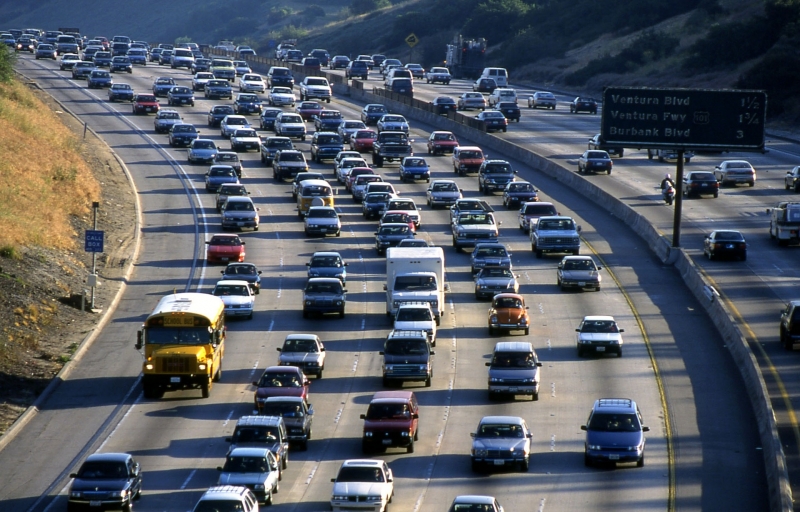Last month, the Trump Administration formally ended talks with California over the federal government’s plans to freeze vehicle emissions standards and likely revoke the state’s long-standing authority to set its own standards under the Clean Air Act (CAA). The success of California in mitigating air pollution and reducing greenhouse gas (GHG) emissions under CAA §209—and that of the 15 states that have invoked waivers under §177—is now in question. And the Administration’s plan to end negotiations and move forward with its proposed Safer Affordable Fuel-Efficient Vehicles rule will most certainly lead to a heated, lengthy court battle.
The Administration argues that the §209 waiver was not intended to “solve climate change,” and that its new standards would save consumers $500 billion. Critics have decried this as a lost opportunity to make significant progress on reducing GHG emissions; they also point out that it contradicts the Administration’s stated preference to allow states flexibility to accomplish their environmental goals.
 On December 6, 2018, ELI hosted a Breaking News webinar where Prof. Ann Carlson of UCLA Law, Ben Grumbles, Secretary of the Maryland Department of the Environment, and Buzz Hines, a partner with Farella Braun + Martel LLP, discussed the implications of what all this might mean for California and the rest of the nation. As panelists looked forward, they also looked back to the origins of and reasons for the California tailpipe standards, an exception that if altered will have significant implications for the future of climate and environmental law nationwide.
On December 6, 2018, ELI hosted a Breaking News webinar where Prof. Ann Carlson of UCLA Law, Ben Grumbles, Secretary of the Maryland Department of the Environment, and Buzz Hines, a partner with Farella Braun + Martel LLP, discussed the implications of what all this might mean for California and the rest of the nation. As panelists looked forward, they also looked back to the origins of and reasons for the California tailpipe standards, an exception that if altered will have significant implications for the future of climate and environmental law nationwide.
In the March issue of ELR’s News & Analysis, we feature an edited transcript of that dynamic discussion, which delves into the story behind the headlines.
ELI is making this featured News & Analysis article available free for download. To access all that ELR has to offer, including the full content of News & Analysis and its archive, you must have a subscription. To learn more, visit www.elr.info.
